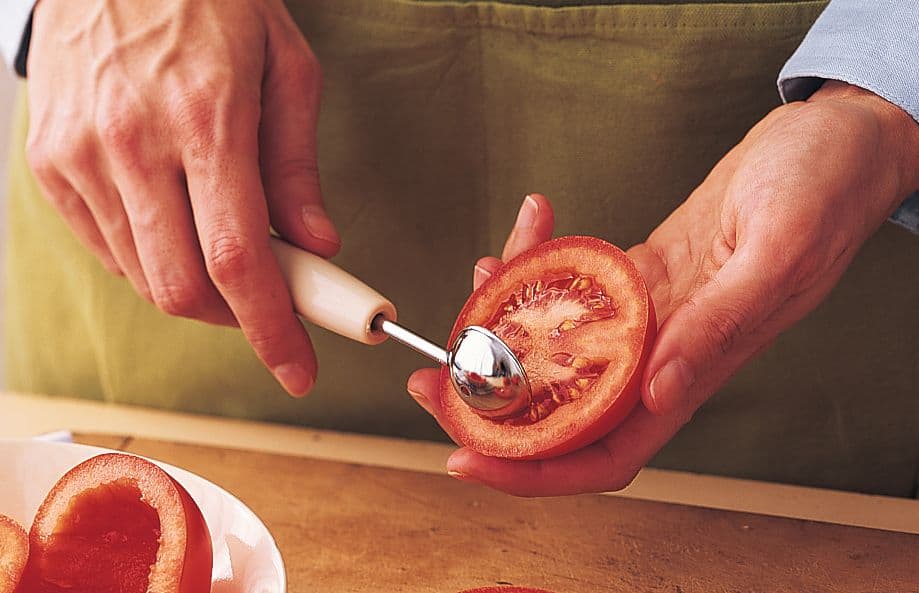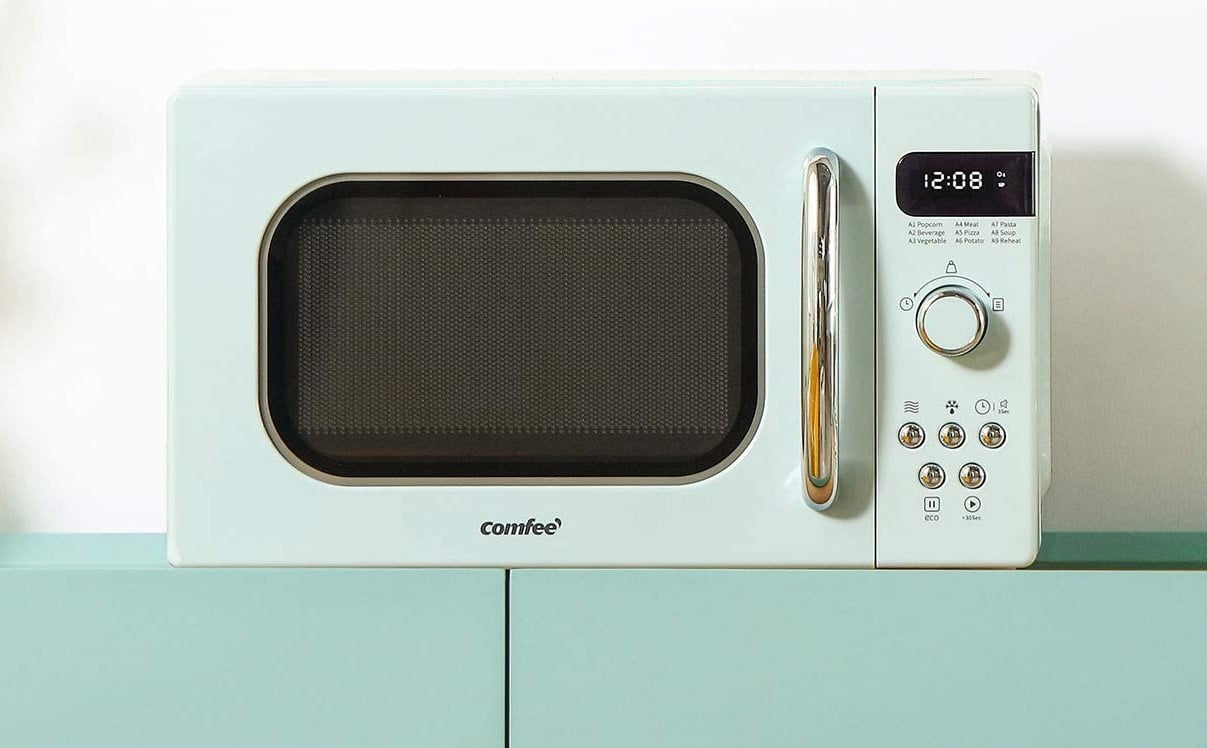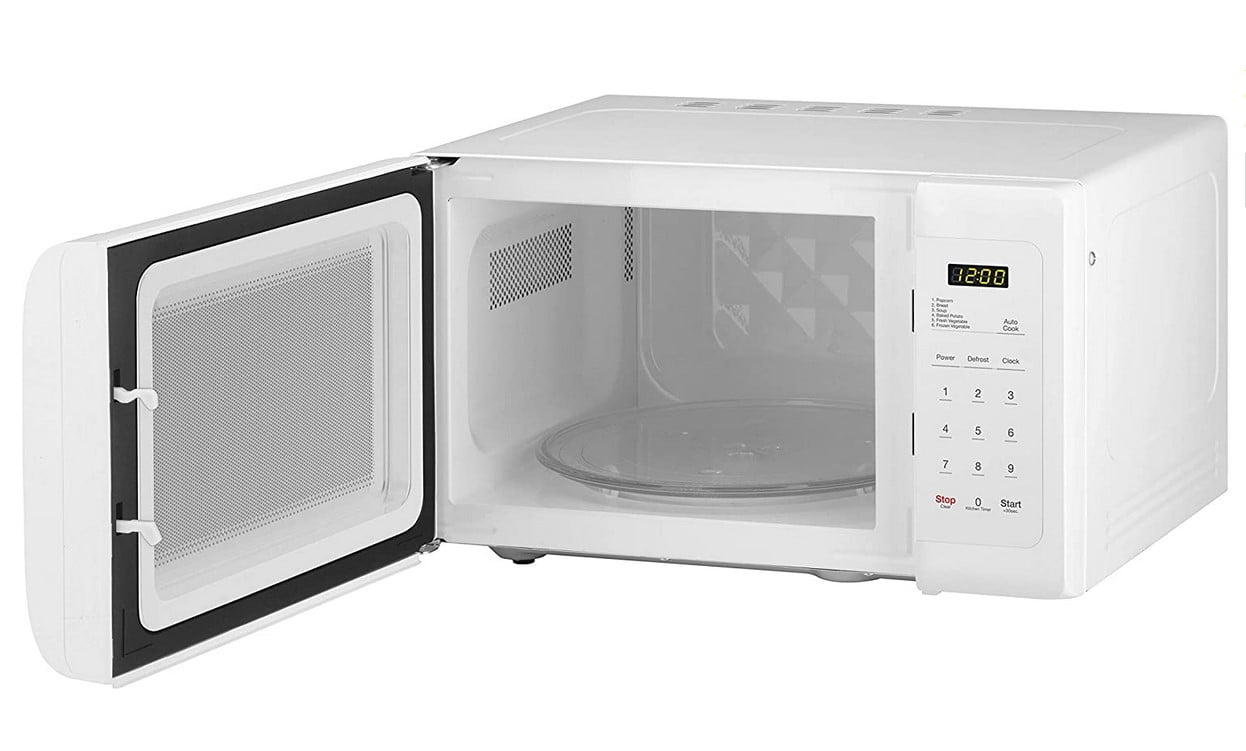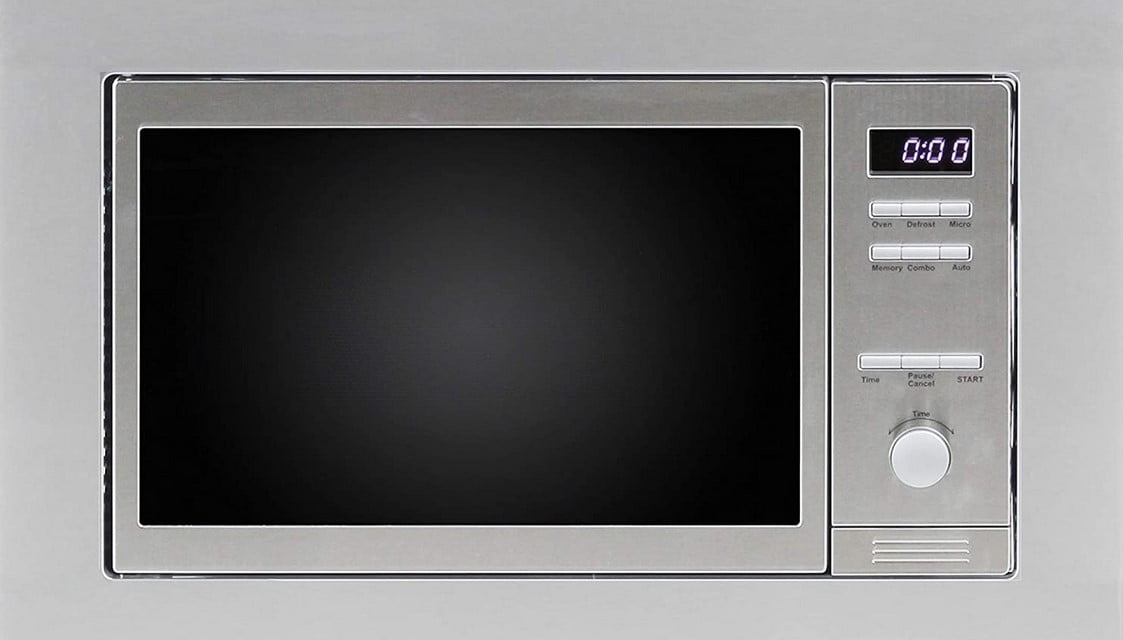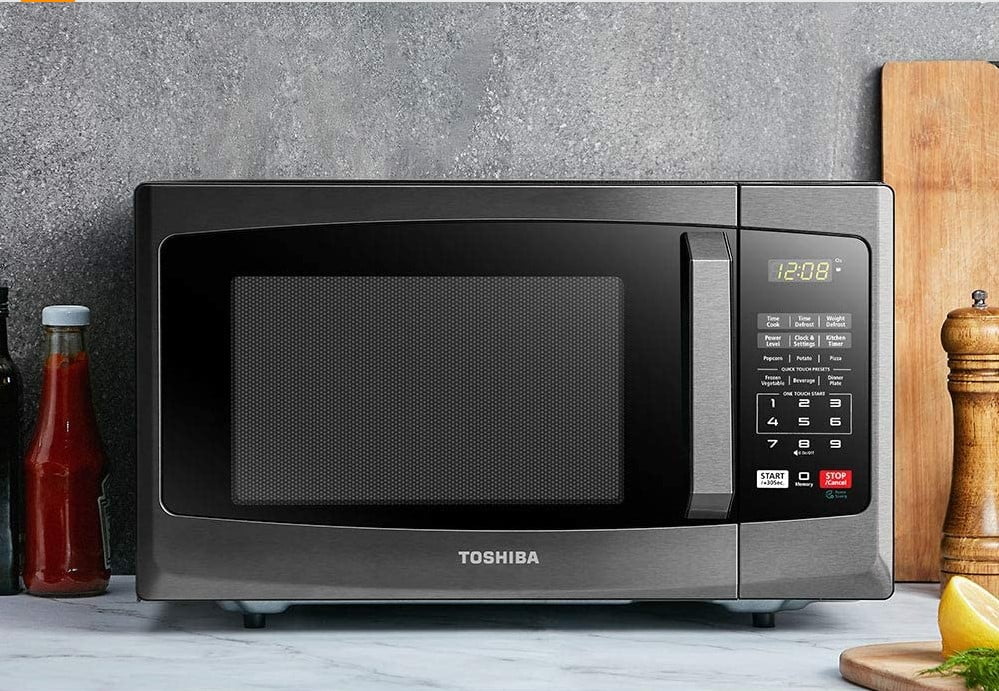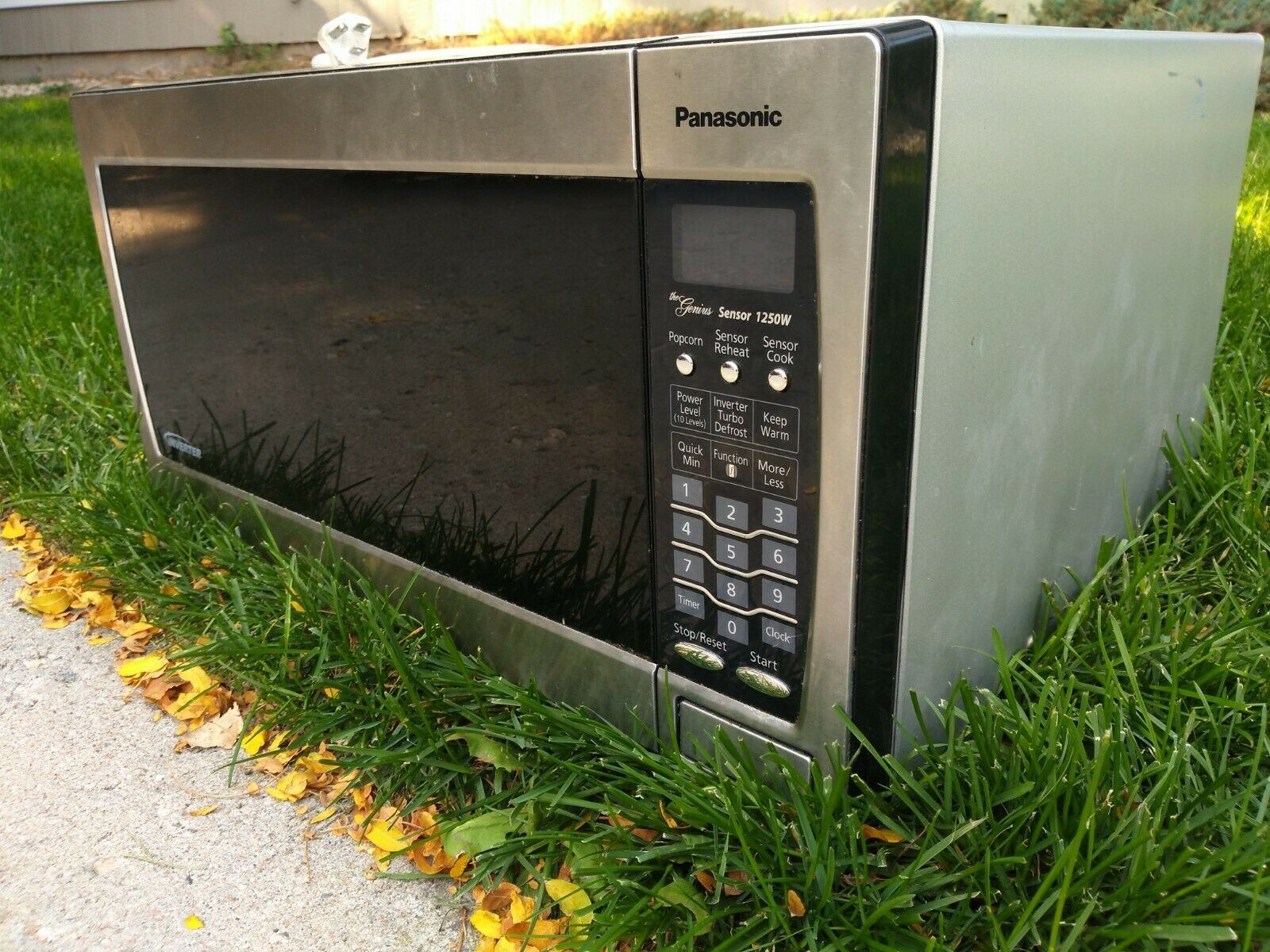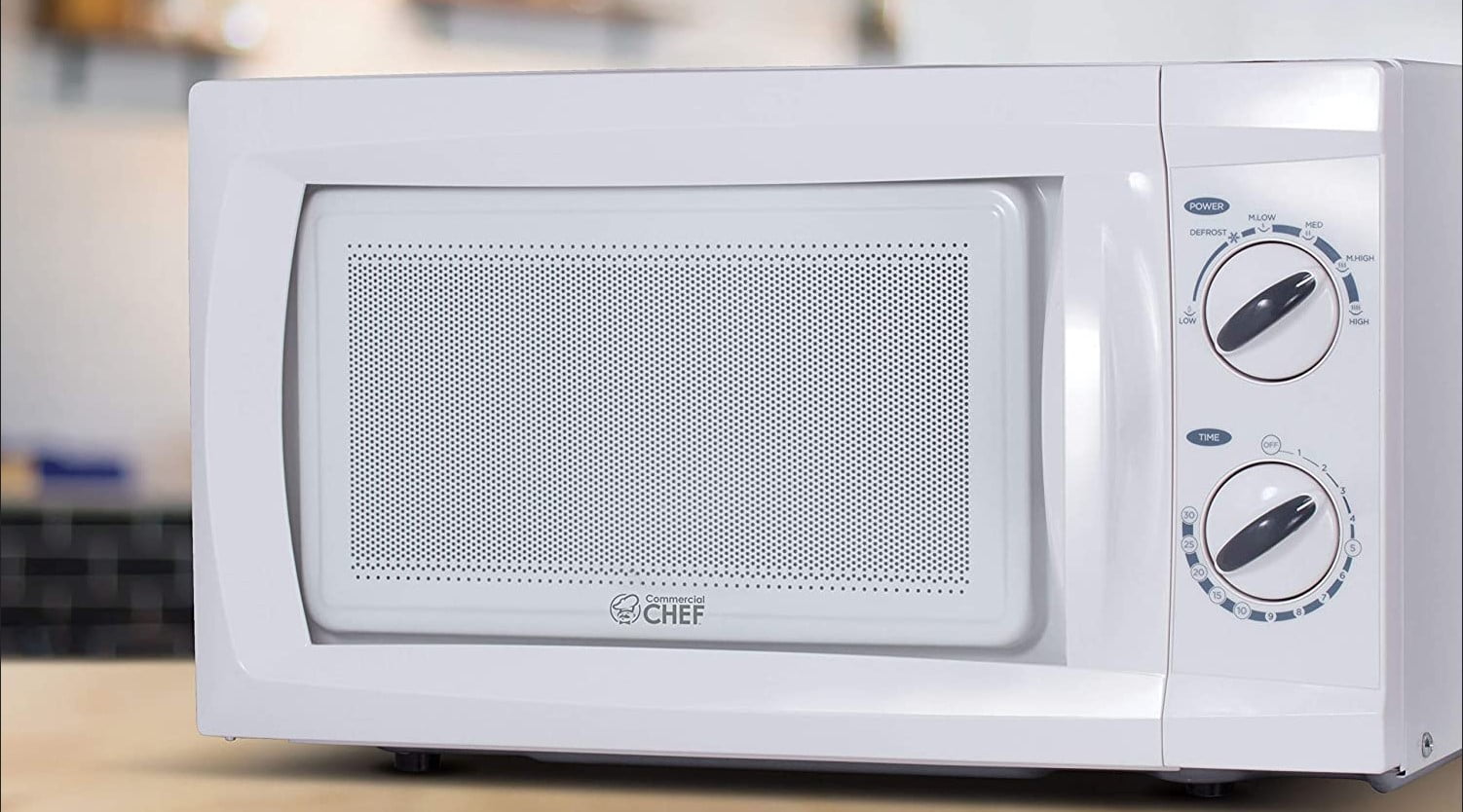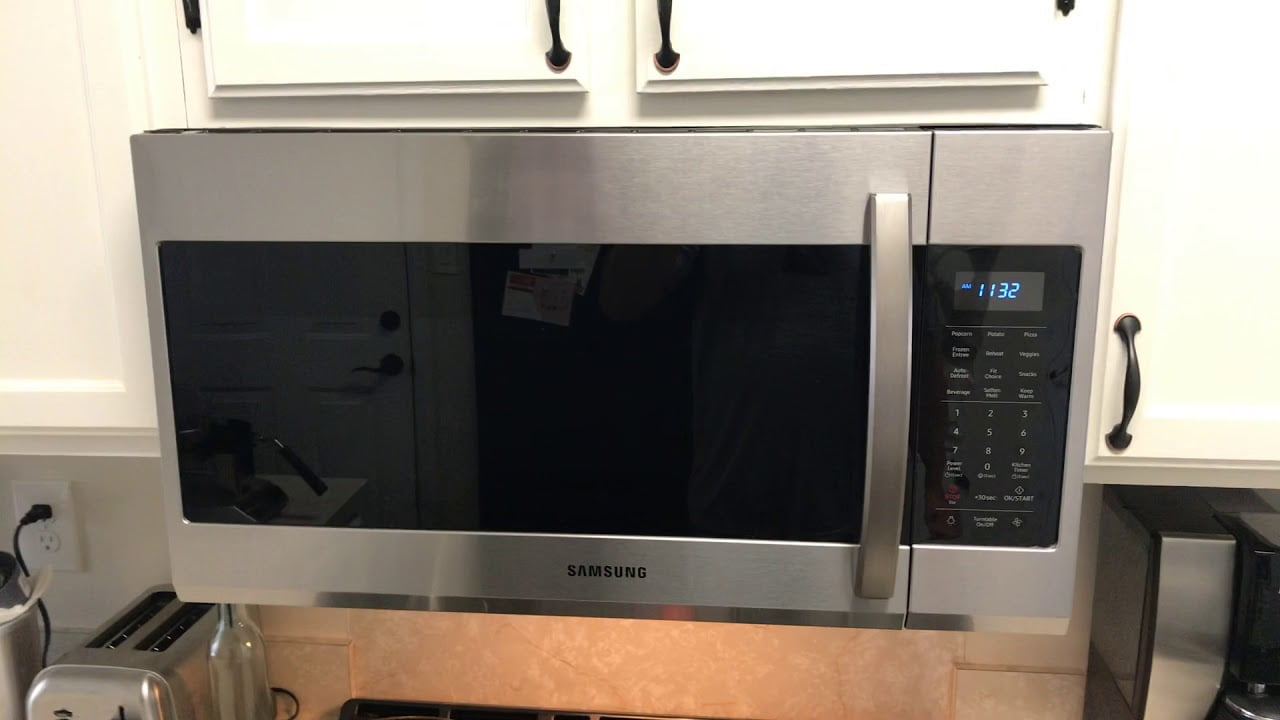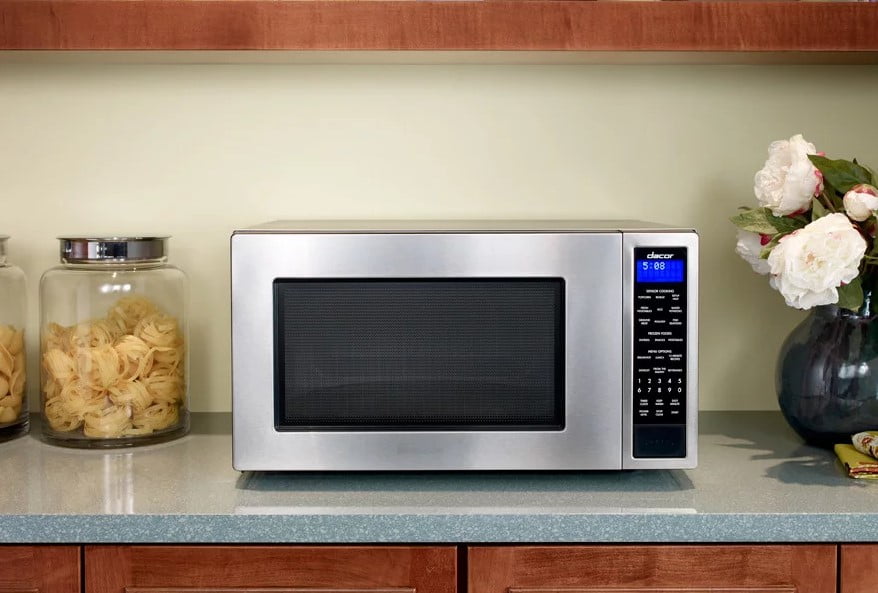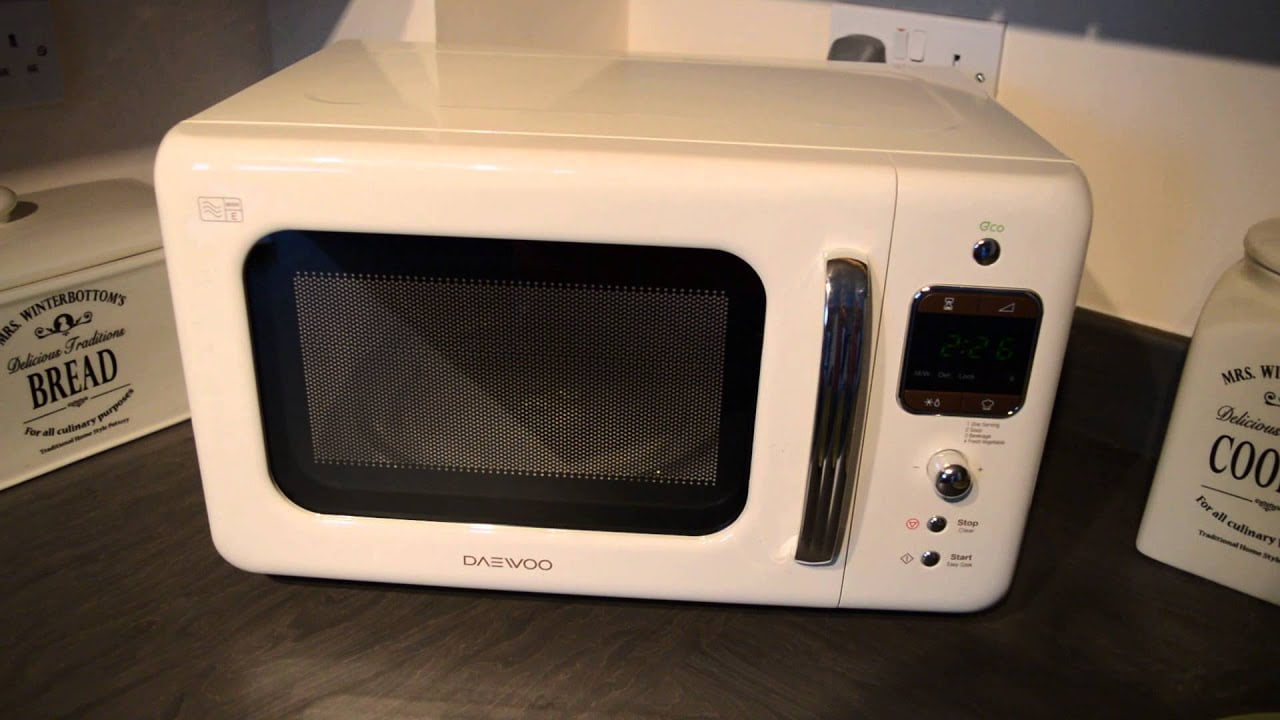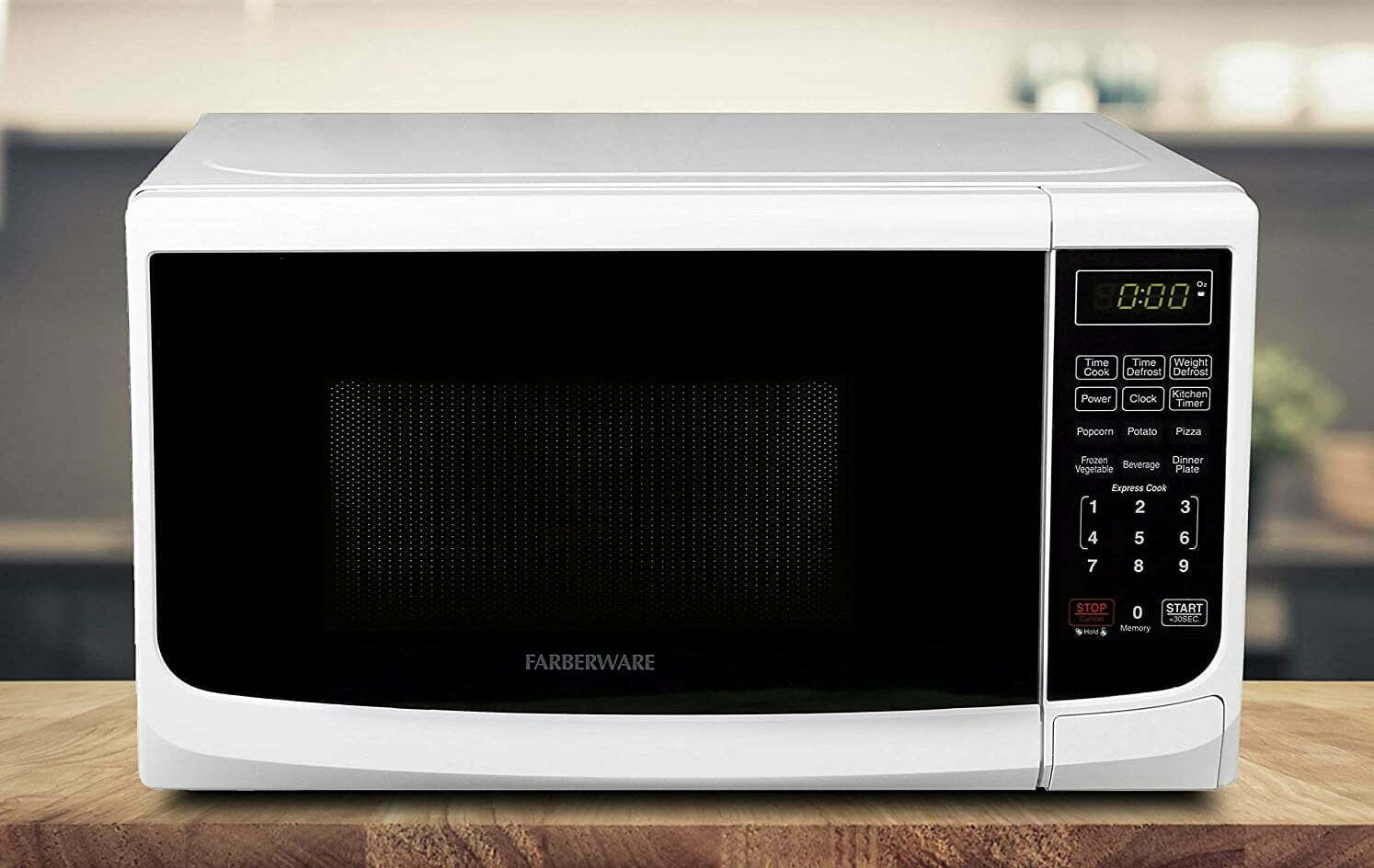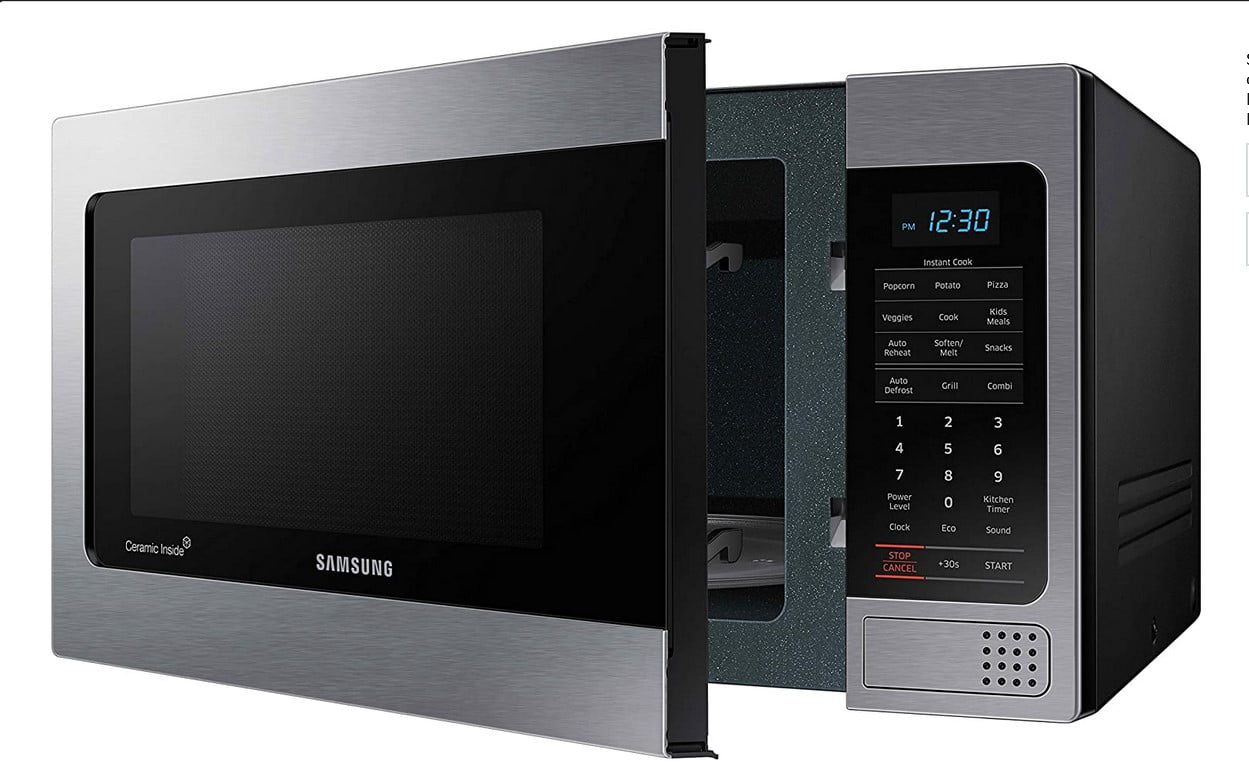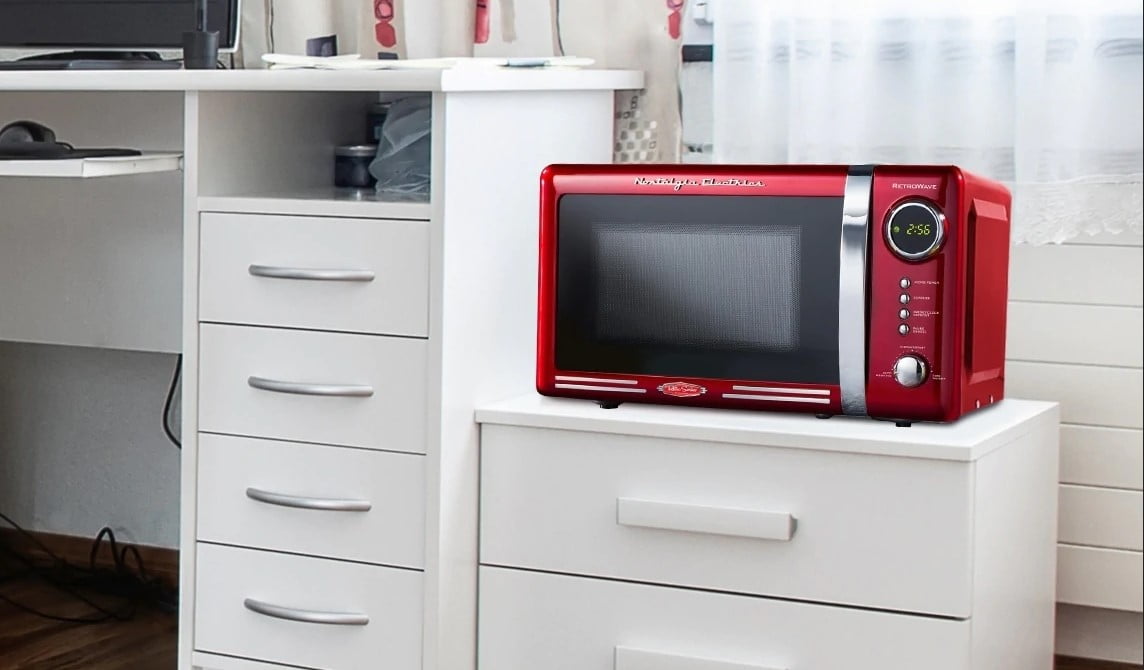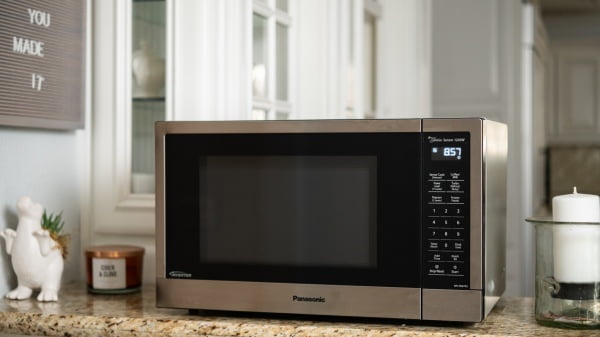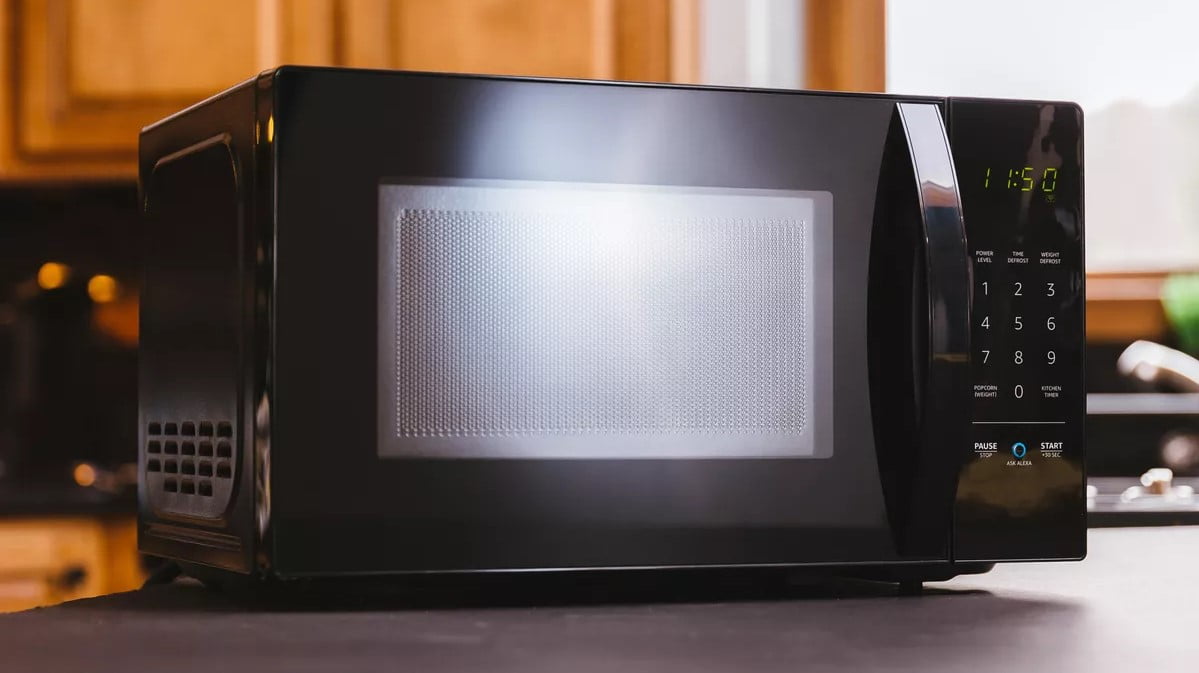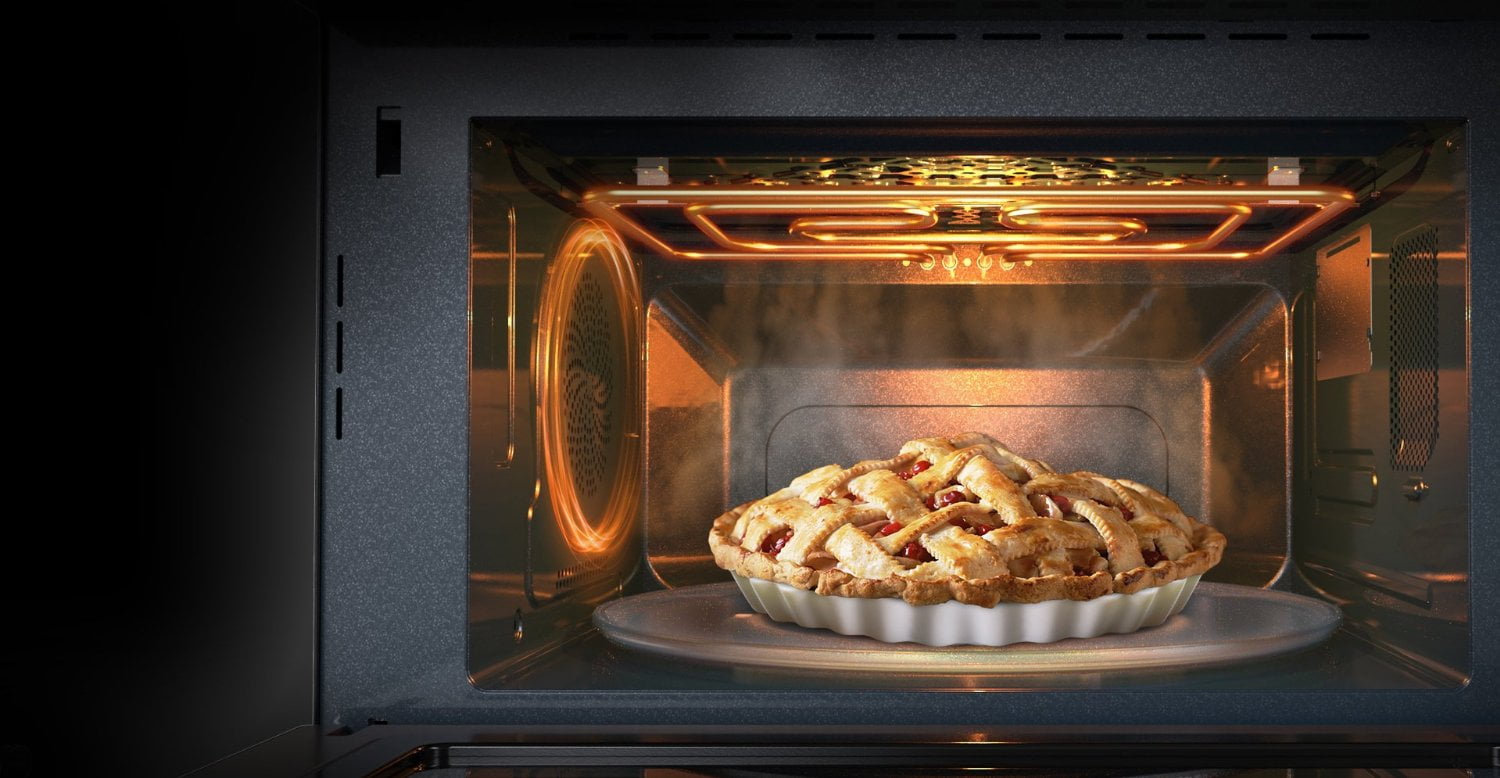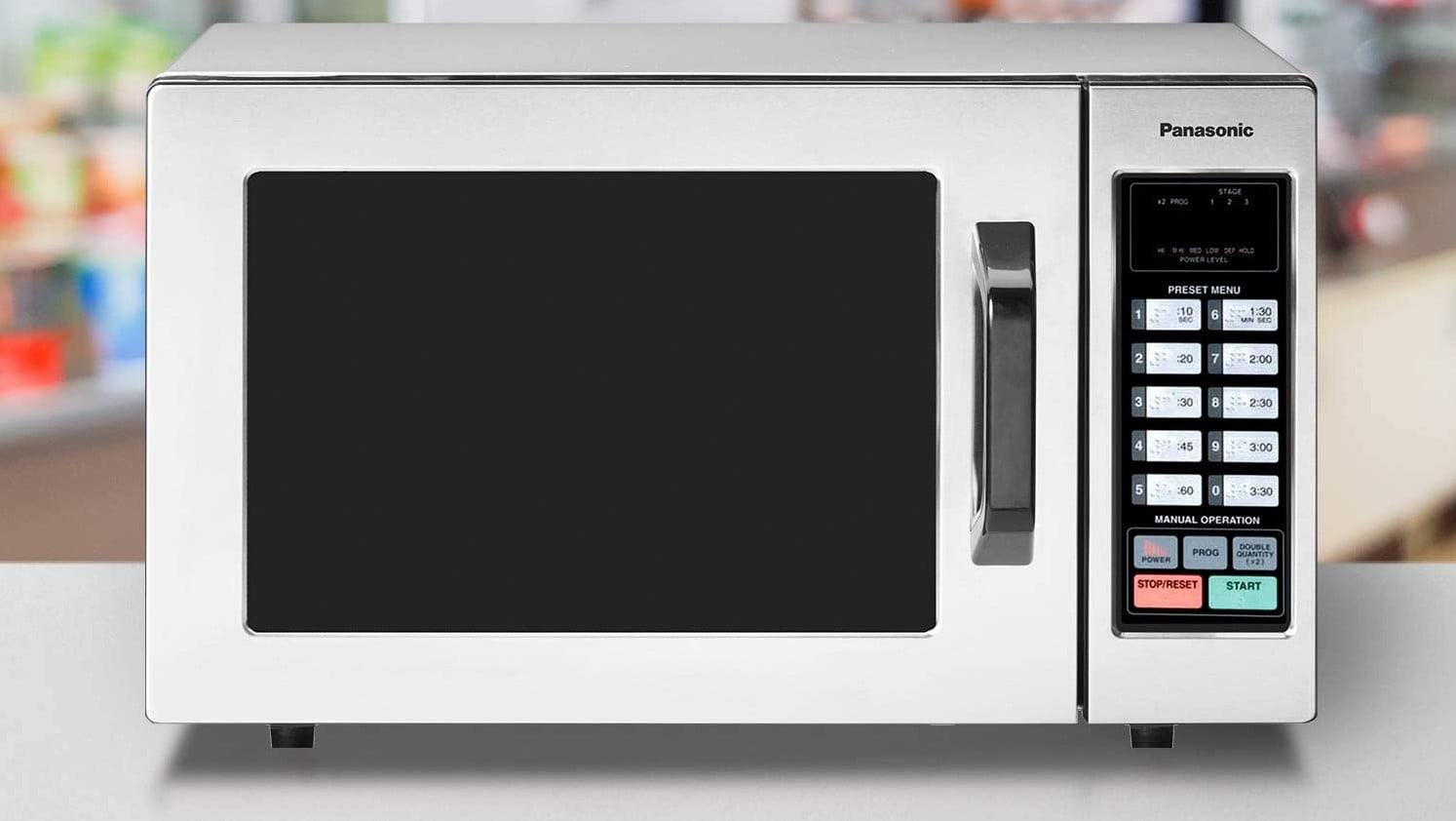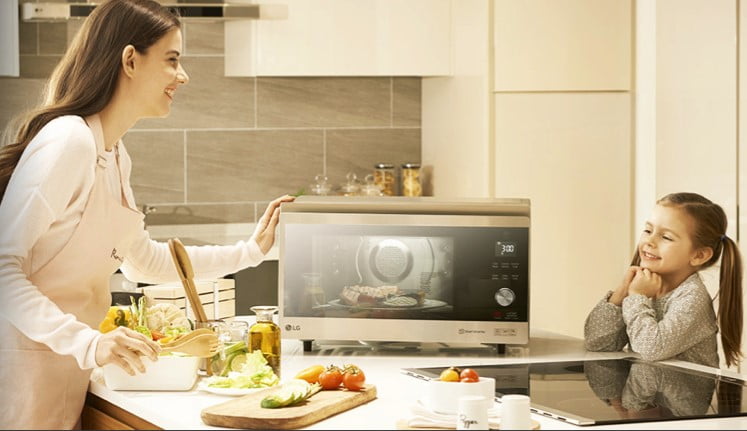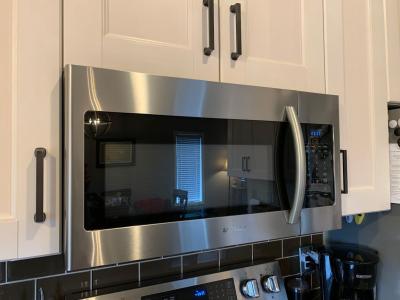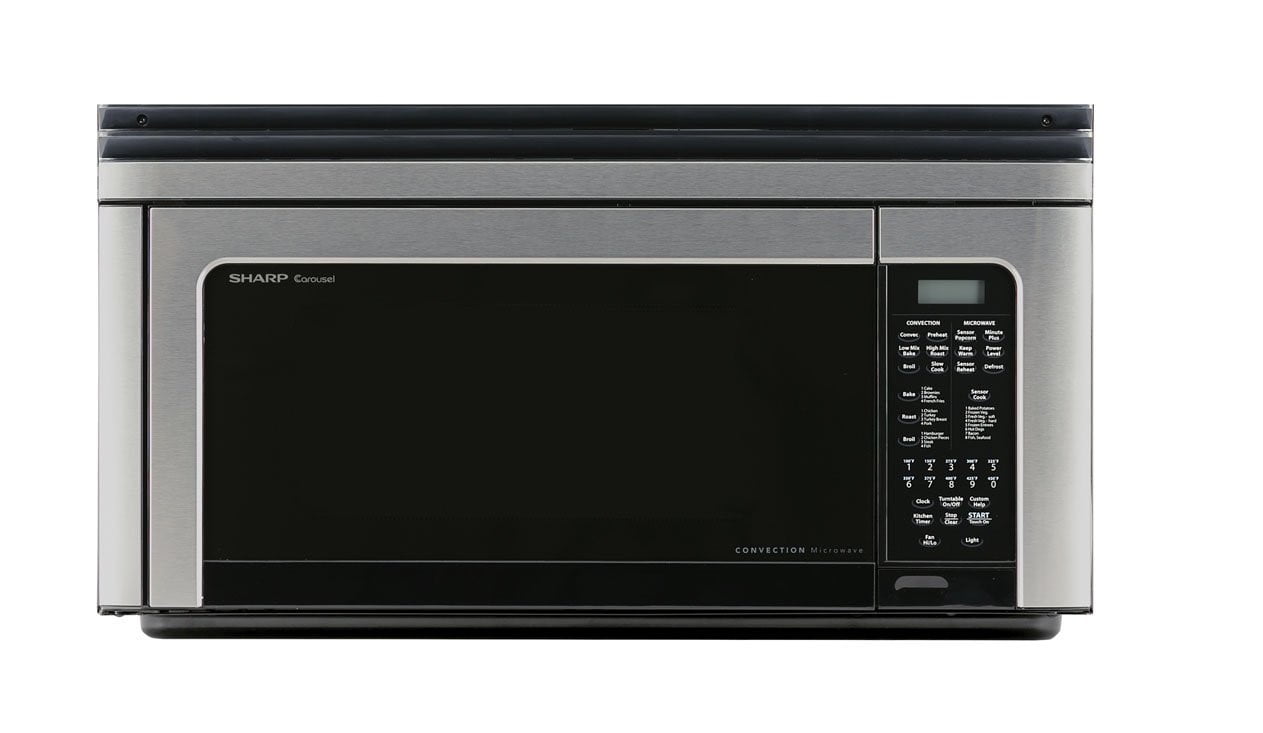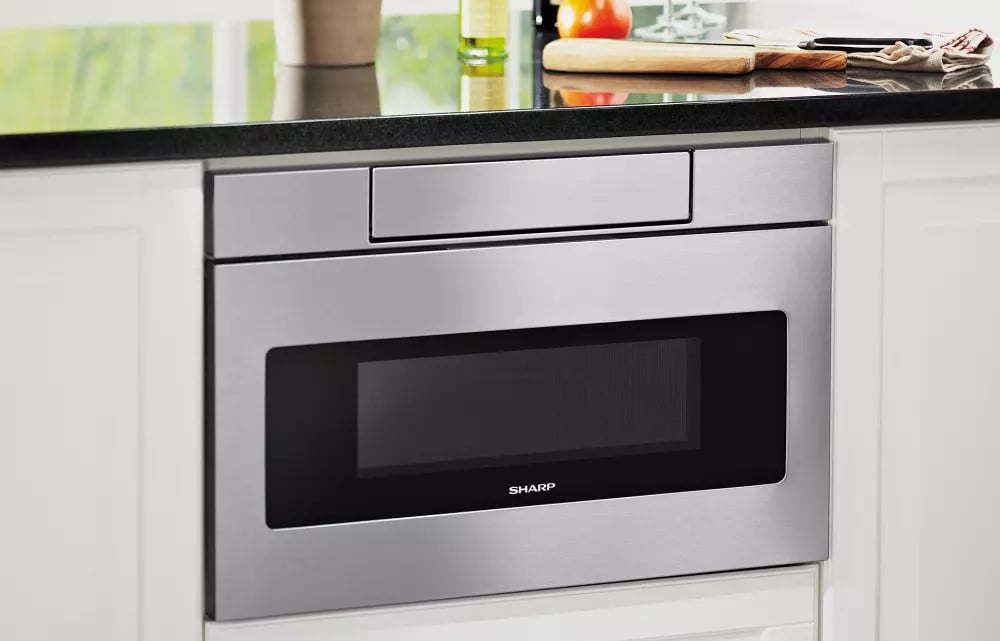The best microwaves are constantly expanding the menu of possible food options. And because the snowball keeps growing, a popular area of concern for owners is to know how long it takes to kill bacteria in the microwave and if it is even possible. This health concern is what we’ll be examining in this article. And if you’re looking to read more on microwave cooking, check out our article here on how to cook with a convection microwave oven.
KEY TAKEAWAYS:
- Microwaves can kill bacteria just the same as any traditional heating process.
- It’s not the electromagnetic wave that kills bacteria, but the temperature of the hot food.
- Anything from raw meat to eggs can be safely cooked in the microwave if done correctly.
How Long Do You Have to Microwave Something to Kill Bacteria?
As many know, microwaves cook food by emitting electromagnetic waves that agitate the water particles within the food to create heat. However, it’s fundamental to know that, when trying to kill harmful bacteria, it’s not the electromagnetic waves themselves that kill bacteria but the heat itself.
Insider Tip
Given that microwaves often cook unevenly, always make sure to stir or rotate your food to ensure a thorough cook.
For example, if you are trying to microwave a piece of chicken, plopping it in the microwave for even ten minutes might not be enough. It has to come to the right temperature. Given this vital fact, you can only know if your microwaved food is safe by using a food thermometer to test the internal temperature.
There’s always confusion surrounding bacterial life in conjunction with food. So, next, we’ll look at some specific examples of how to practice proper food safety when using a microwave’s heating process to kill bacteria. Also, for those inclined to the scientific method, we have an article with a step-by-step guide on how to do bacon in the microwave.
Microwaving Raw Food
When dealing with raw food of any kind, especially raw meats or egg products, one must know the exact temperatures standards recommended by the USDA. For raw meats such as beef, pork, and lamb, the recommended minimum temperature is 140 degrees Fahrenheit. For poultry, it is 165 degrees Fahrenheit.
To ensure that all harmful bacteria have been killed, insert a thermometer into the thickest part of your food to ensure it’s cooked adequately throughout.
Cooking Egg Dishes
Like meat, eggs can also reach a safe temperature within the microwave. The recommended temperature to remove bacteria found in eggs, such as salmonella, is 160 degrees Fahrenheit.
Sterilizing Kitchen Sponges
A useful homespun trick that has become popularized (and confirmed by the USDA) is microwaving sponges to kill bacteria. By placing a sponge in the microwave for about two minutes, you kill 99.9999% of all living bacteria.
Warning
If you consider a food item to be unsafe before microwaving it, such as with spoiled food, it will remain unsafe even after reheating it.
F.A.Q.S
Does boiling water in the microwave kill bacteria?
While it’s possible to boil water safely in a microwave, using a microwave-safe container is necessary as a proper safety measure. It’s also recommended that the water is periodically stirred throughout the process.
Can you microwave chicken to kill bacteria?
The USDA recommends that chicken be heated to at least 165 degrees Fahrenheit. So yes, you can microwave chicken to kill bacteria. Still, you must check that it has reached the proper temperature with a thermometer.
Can a microwave kill the coronavirus?
While evidence from the CDC claims microwaving food anywhere from 1-5 minutes can kill the coronavirus, it’s safer to use the oven, given that microwaves operate on different levels of power.
STAT: The USDA recommends that ground meat be cooked to at least 160 degrees Fahrenheit before consuming. (source)
REFERENCES:
- https://www.webmd.com/lung/features/coronavirus-microwave-takeout#1
- https://www.canr.msu.edu/news/food_safety_to_keep_in_mind_when_using_the_microwave#:~:text=Cooking%20raw%20meat%20in%20the,poultry%20should%20reach%20165%20F.&text=If%20food%20is%20thawed%20in,it%20must%20be%20cooked%20immediately.
- https://www.health.state.mn.us/people/foodsafety/cook/cooktemp.html#:~:text=Note%3A%20There%20are%20three%20important,roasts%20to%20145%C2%B0F.r
- https://eggsafety.org/faq/what-is-the-best-temperature-to-cook-an-egg/
- https://www.canr.msu.edu/news/sanitizing_kitchen_sponges
- https://www.healthline.com/nutrition/boil-water-in-microwave

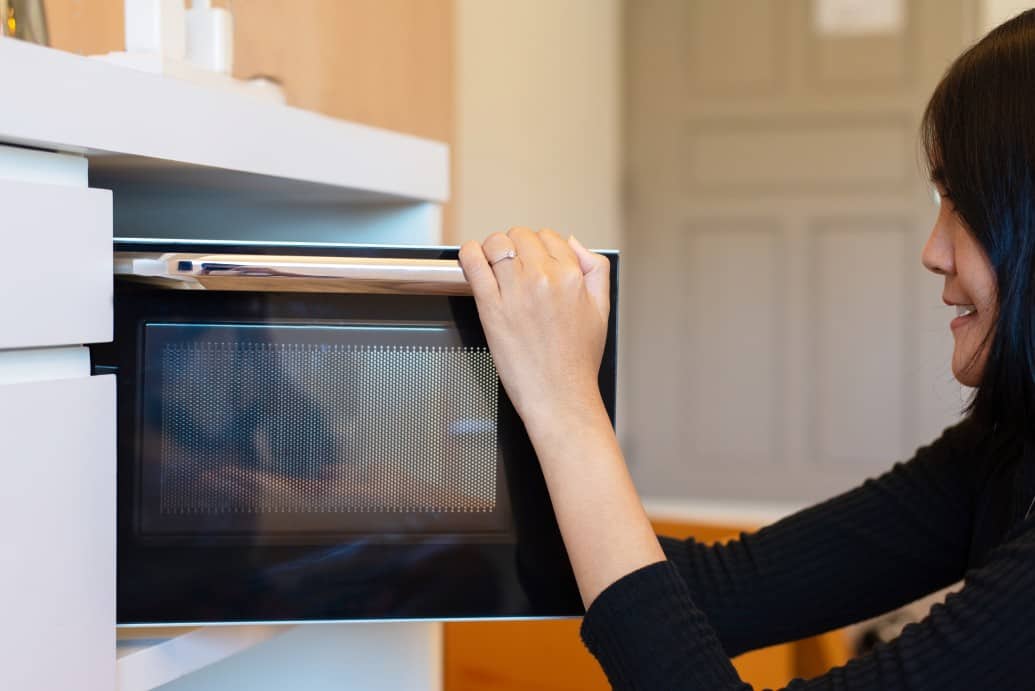













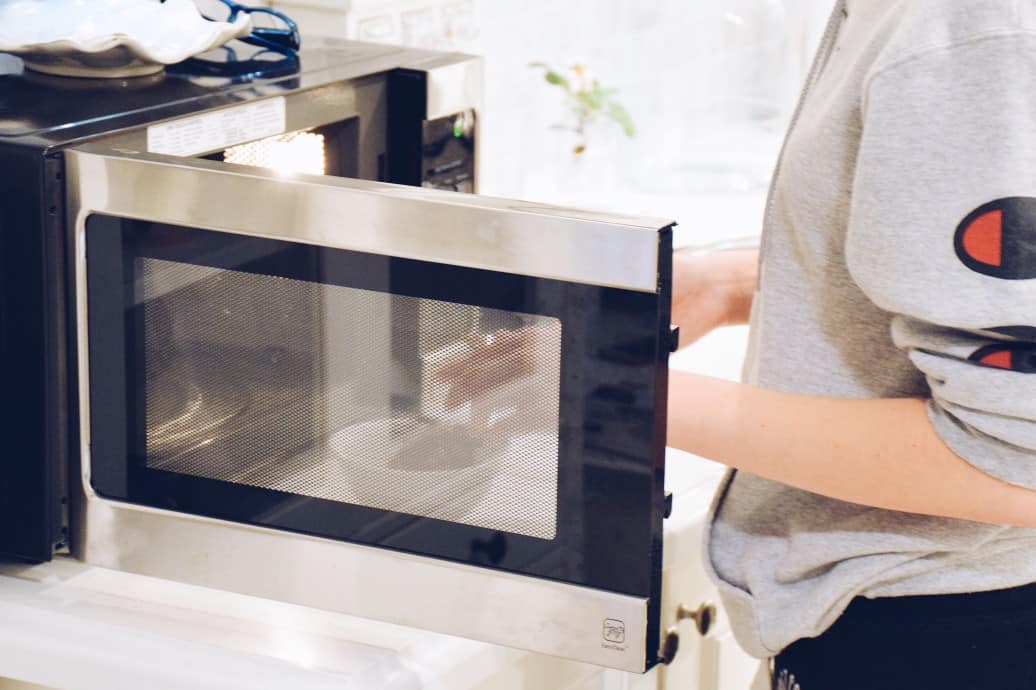
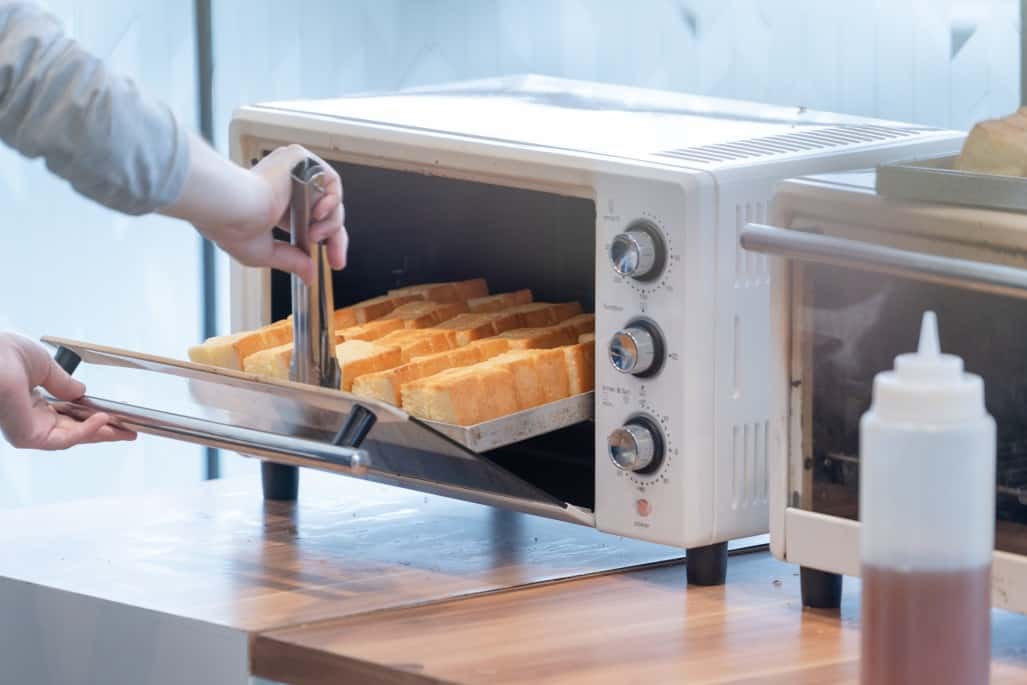
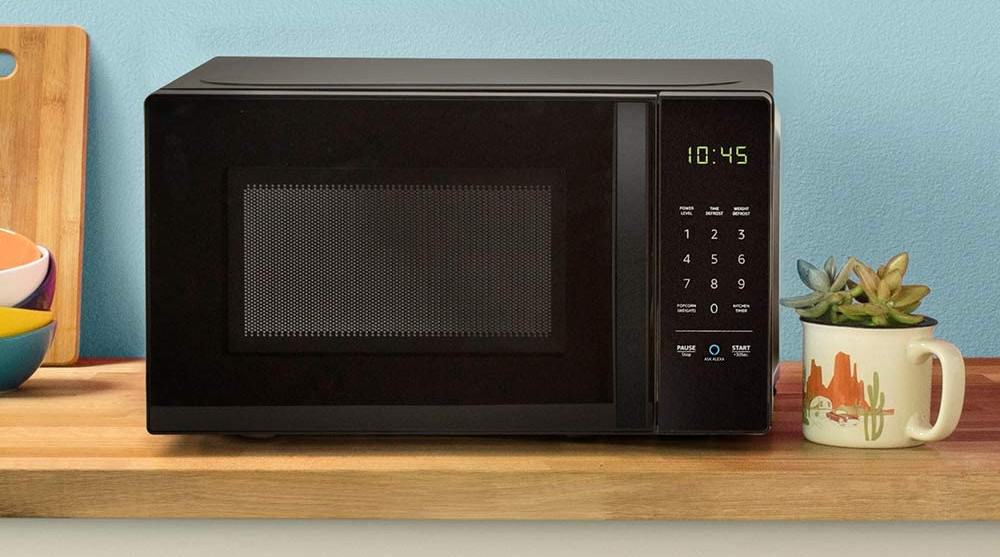

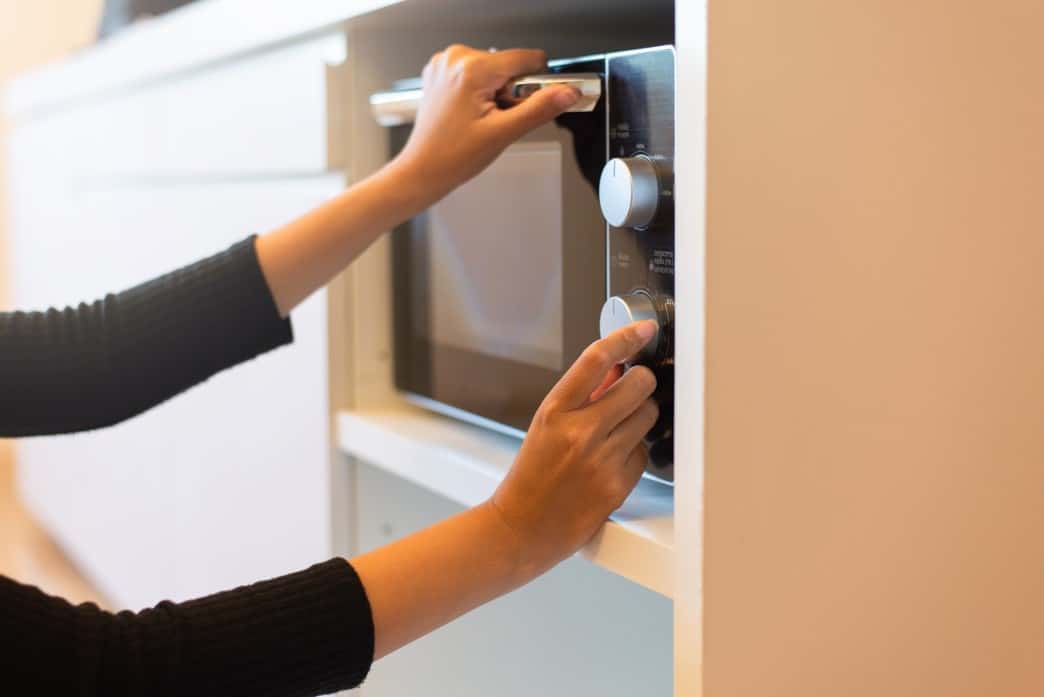
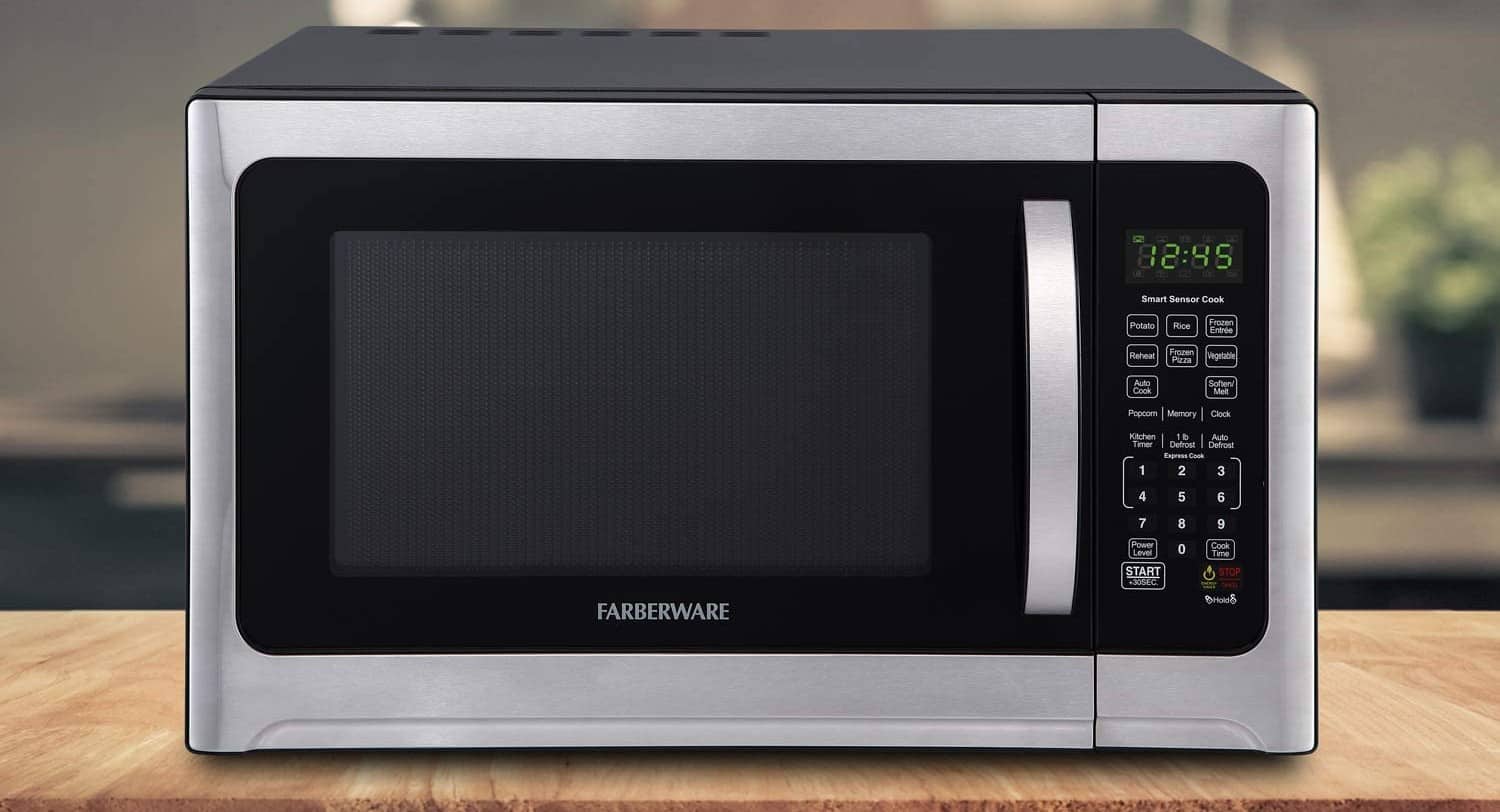
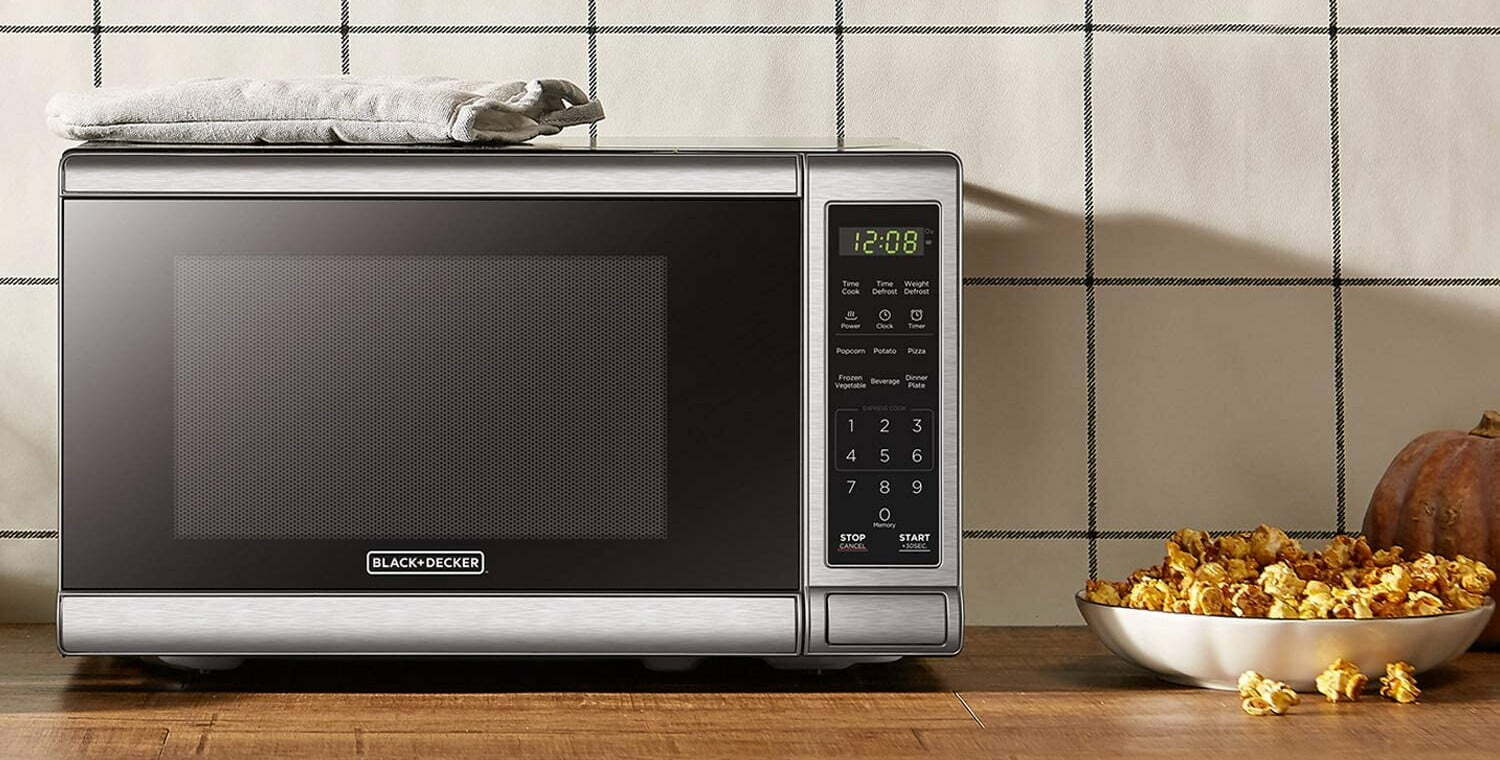
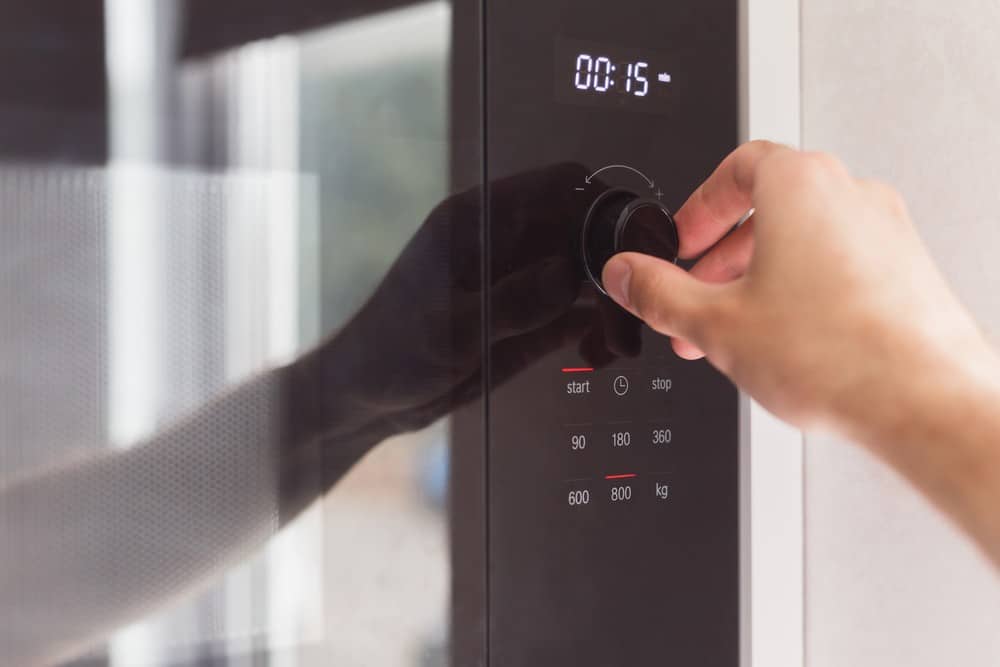
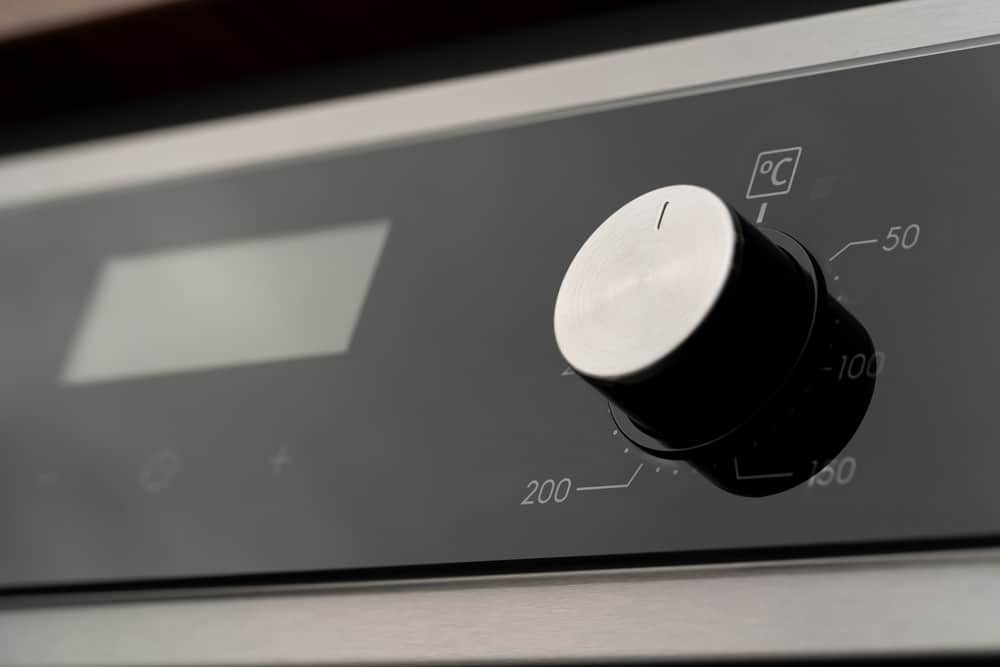
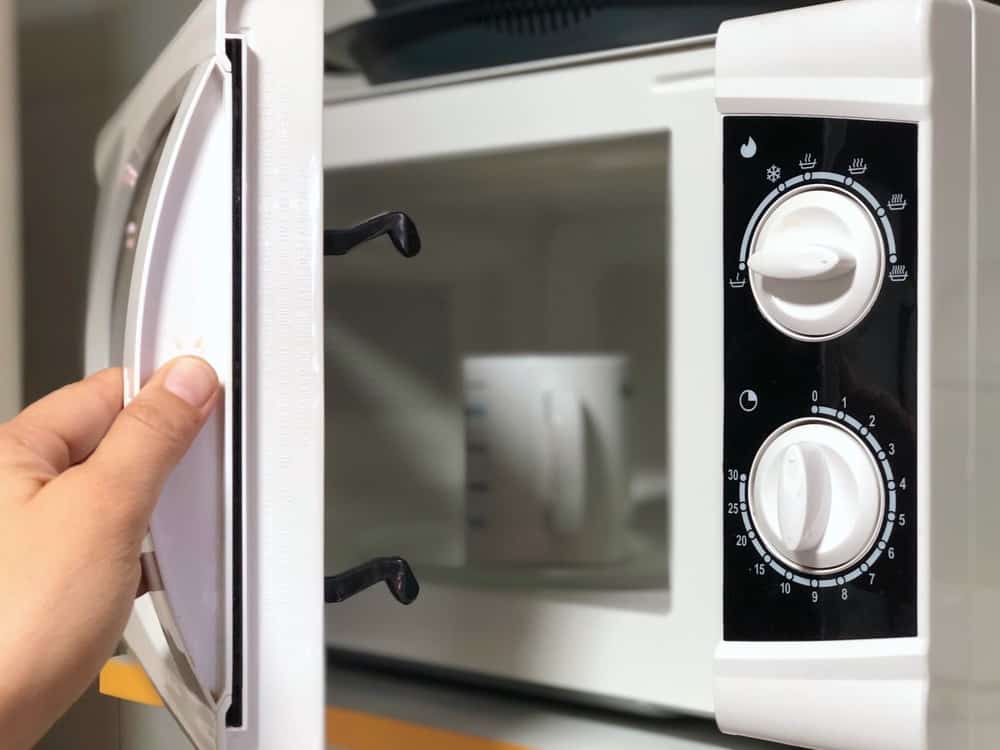
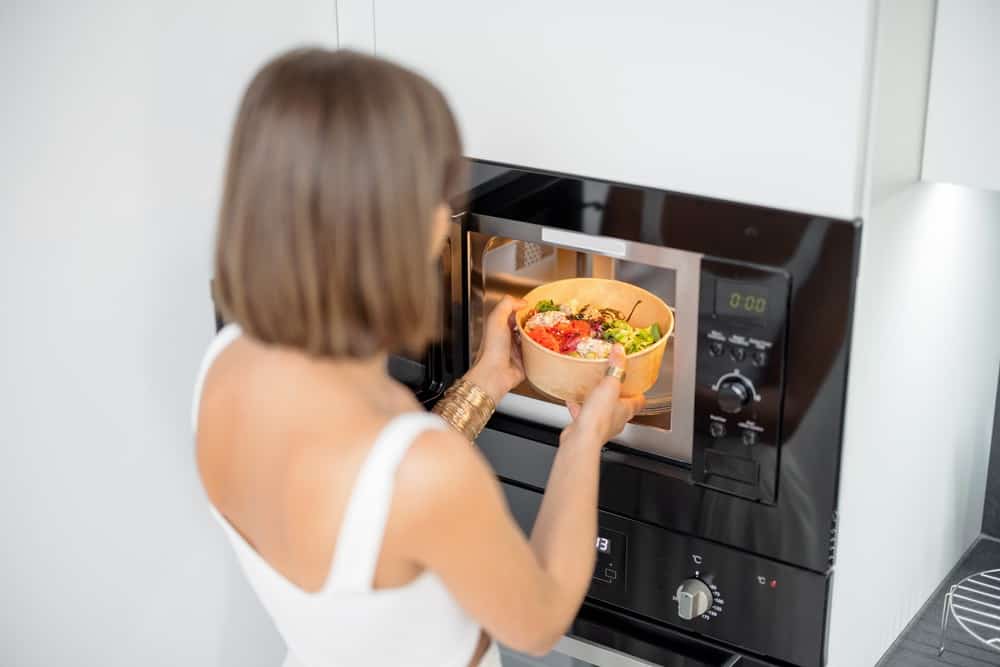
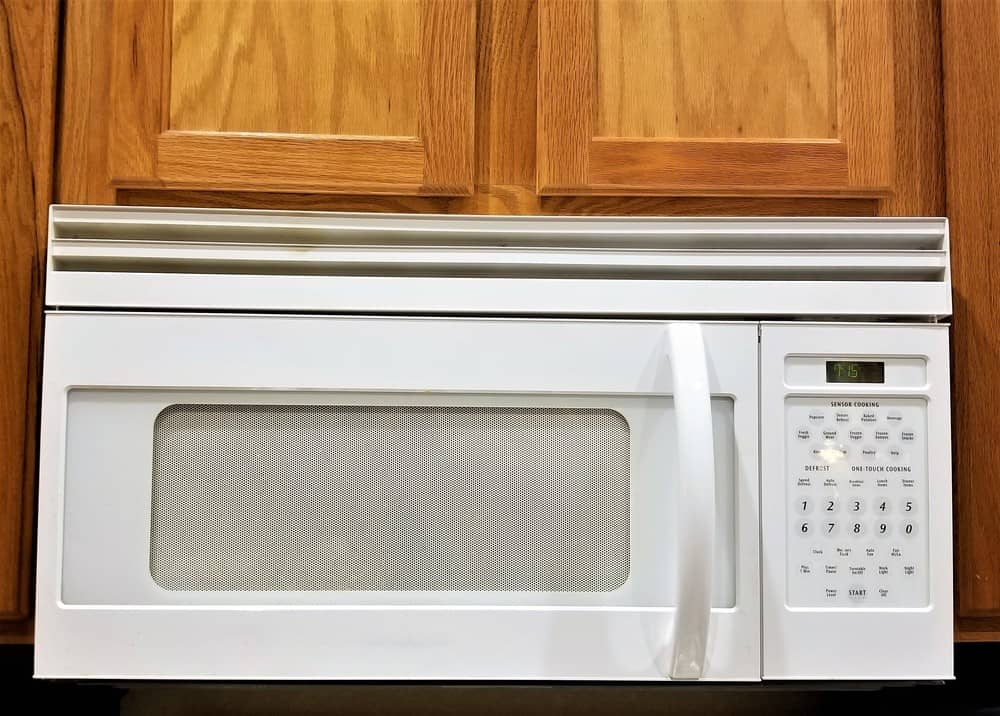
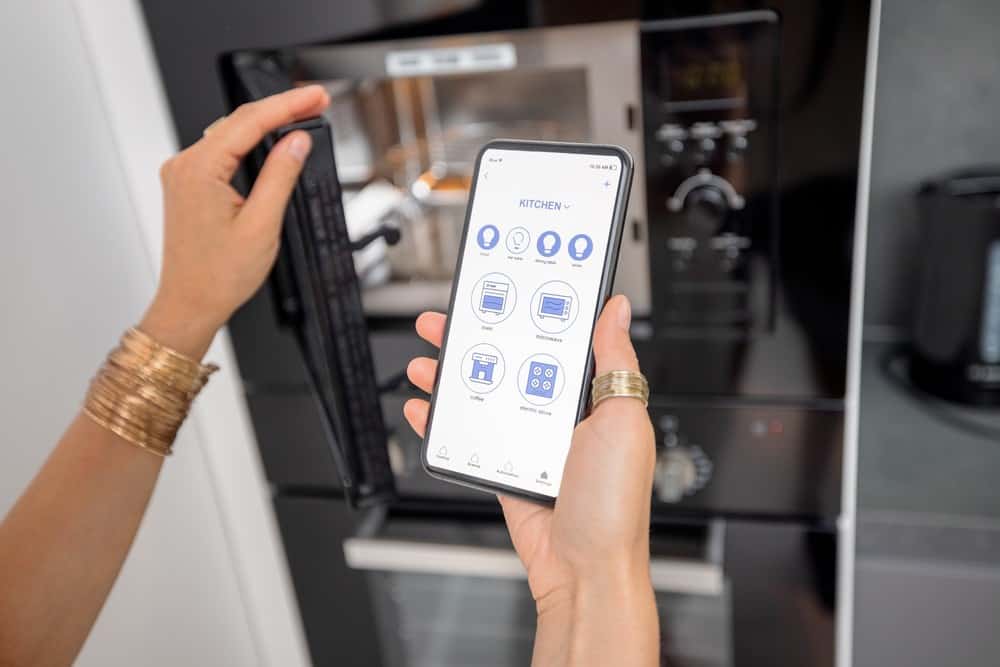

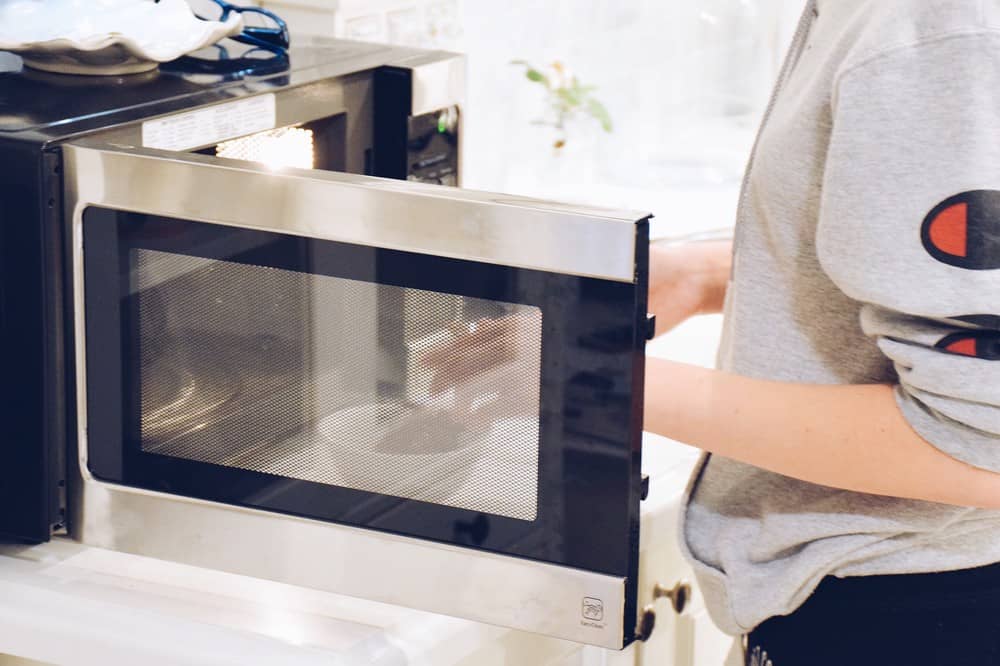

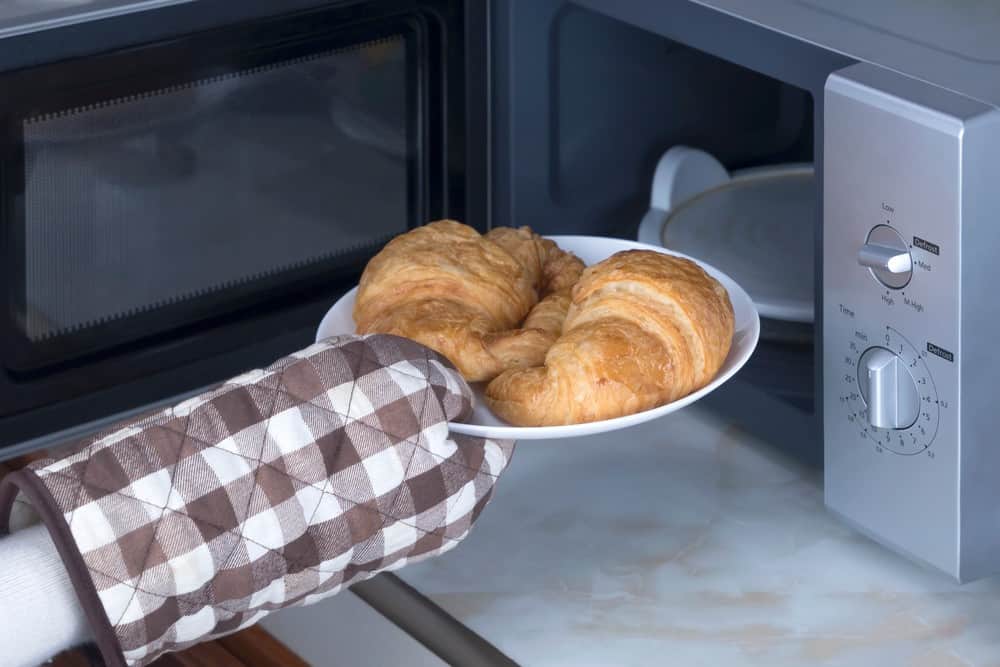
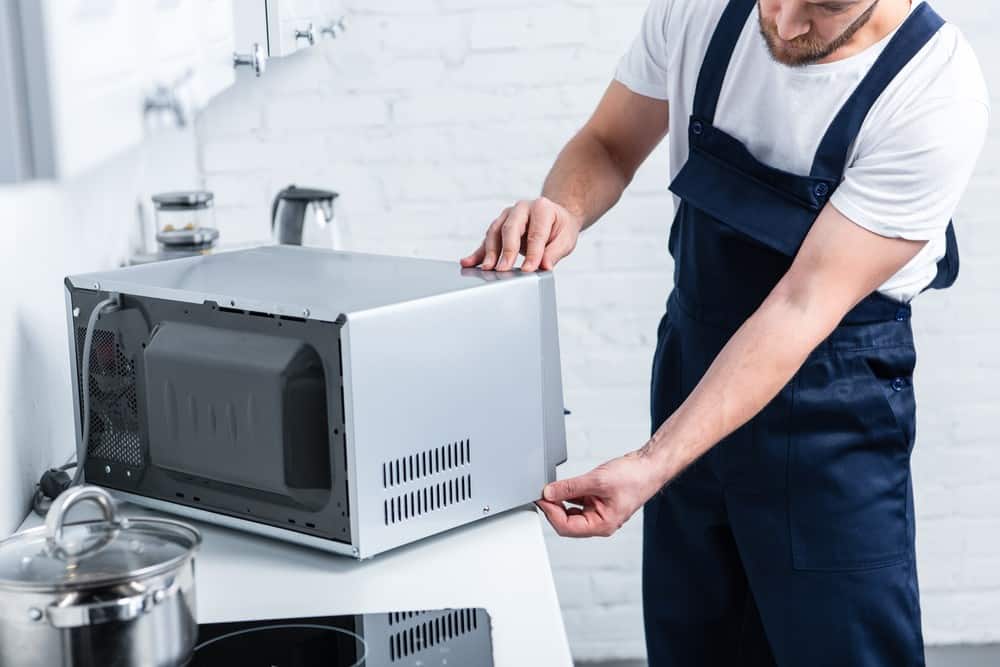
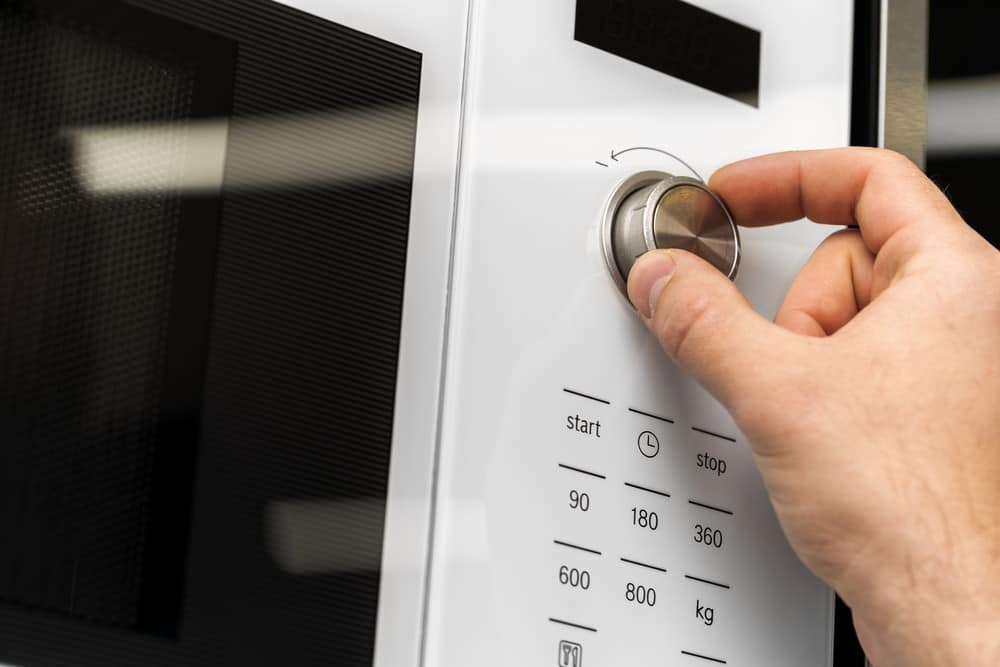
![Best Kitchen Appliances in [year] ([month] Reviews) 27 Best Kitchen Appliances in 2026 (January Reviews)](https://www.gadgetreview.dev/wp-content/uploads/best-kitchen-appliances.jpg)
![Best Whirlpool Microwaves in [year] 28 Best Whirlpool Microwaves in 2026](https://www.gadgetreview.dev/wp-content/uploads/best-whirlpool-microwaves-image.jpg)
![Best Microwave Drawers in [year] 29 Best Microwave Drawers in 2026](https://www.gadgetreview.dev/wp-content/uploads/best-microwave-drawer-image.jpg)
![Best Quiet Microwaves in [year] 30 Best Quiet Microwaves in 2026](https://www.gadgetreview.dev/wp-content/uploads/best-quiet-microwave-image.jpg)
![Best LG Microwaves in [year] 31 Best LG Microwaves in 2026](https://www.gadgetreview.dev/wp-content/uploads/best-lg-microwaves-image.jpg)
![Best Microwaves in [year] ([month] Reviews) 32 Best Microwaves in 2026 (January Reviews)](https://www.gadgetreview.dev/wp-content/uploads/best-microwaves-image.jpg)
![Best Over the Range Convection Microwaves in [year] 33 Best Over the Range Convection Microwaves in 2026](https://www.gadgetreview.dev/wp-content/uploads/best-over-the-range-convection-microwave-image.jpg)
![Best Retro Microwaves in [year] 34 Best Retro Microwaves in 2026](https://www.gadgetreview.dev/wp-content/uploads/best-retro-microwave-image.jpg)
![Best GE Microwaves in [year] 35 Best GE Microwaves in 2026](https://www.gadgetreview.dev/wp-content/uploads/best-ge-microwaves-image..jpg)
![10 Best Samsung Microwaves in [year] 36 10 Best Samsung Microwaves in 2026](https://www.gadgetreview.dev/wp-content/uploads/best-samsung-microwaves-image.jpg)
![10 Best Microwaves for Seniors in [year] 37 10 Best Microwaves for Seniors in 2026](https://www.gadgetreview.dev/wp-content/uploads/best-microwaves-seniors-image.jpg)
![10 Best Microwave Toaster Oven Combo in [year] 38 10 Best Microwave Toaster Oven Combo in 2026](https://www.gadgetreview.dev/wp-content/uploads/best-microwave-toaster-oven-combo-scaled-1.jpg)
![10 Best Panasonic Microwaves in [year] 39 10 Best Panasonic Microwaves in 2026](https://www.gadgetreview.dev/wp-content/uploads/best-panasonic-microwaves.jpg)
![10 Best Microwaves for College Dorms in [year] 40 10 Best Microwaves for College Dorms in 2026](https://www.gadgetreview.dev/wp-content/uploads/best-microwaves-for-college-dorms.jpg)
![10 Best Compact Microwaves in [year] 41 10 Best Compact Microwaves in 2026](https://www.gadgetreview.dev/wp-content/uploads/best-compact-microwave-image.jpg)
![10 Best Convection Microwave Ovens in [year] 42 10 Best Convection Microwave Ovens in 2026](https://www.gadgetreview.dev/wp-content/uploads/best-convection-microwave-oven-image.jpg)
![10 Best Built In Microwaves in [year] 43 10 Best Built In Microwaves in 2026](https://www.gadgetreview.dev/wp-content/uploads/best-built-in-microwave-image.jpg)
